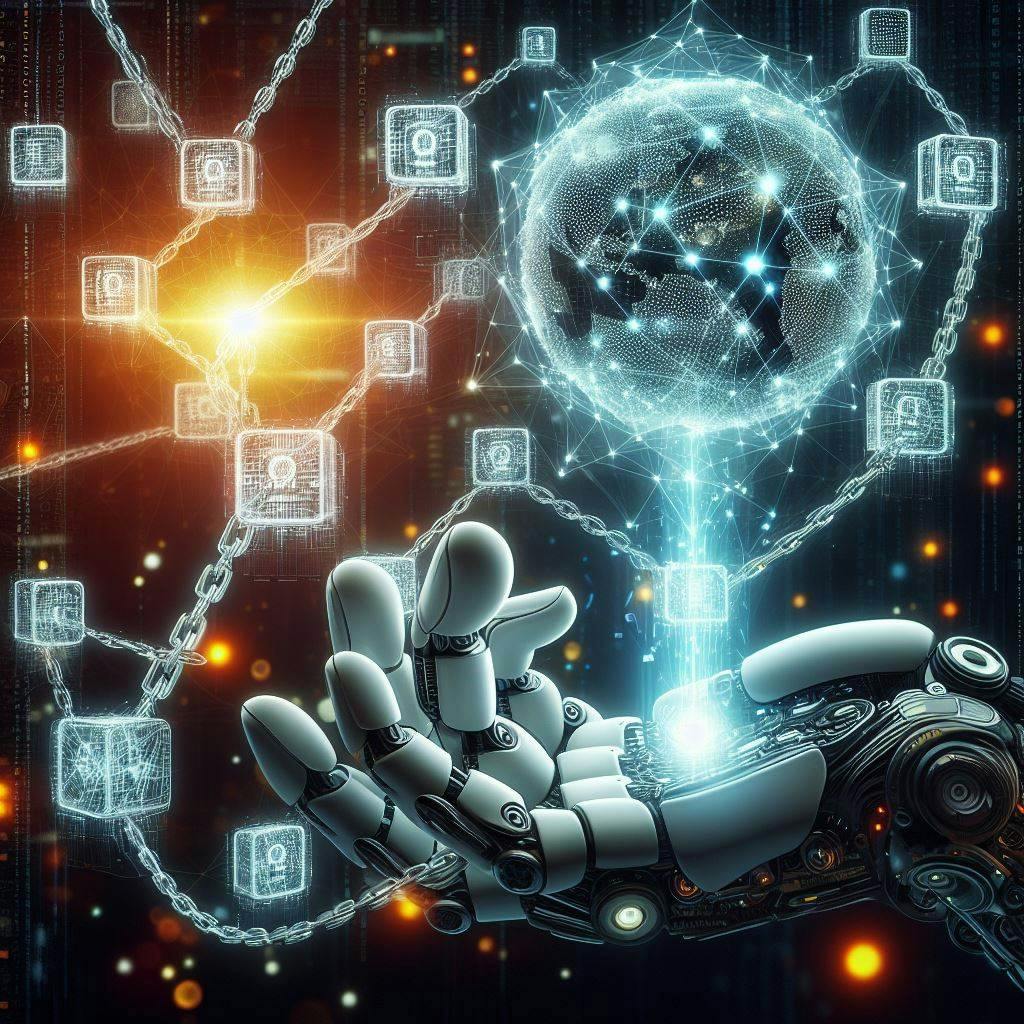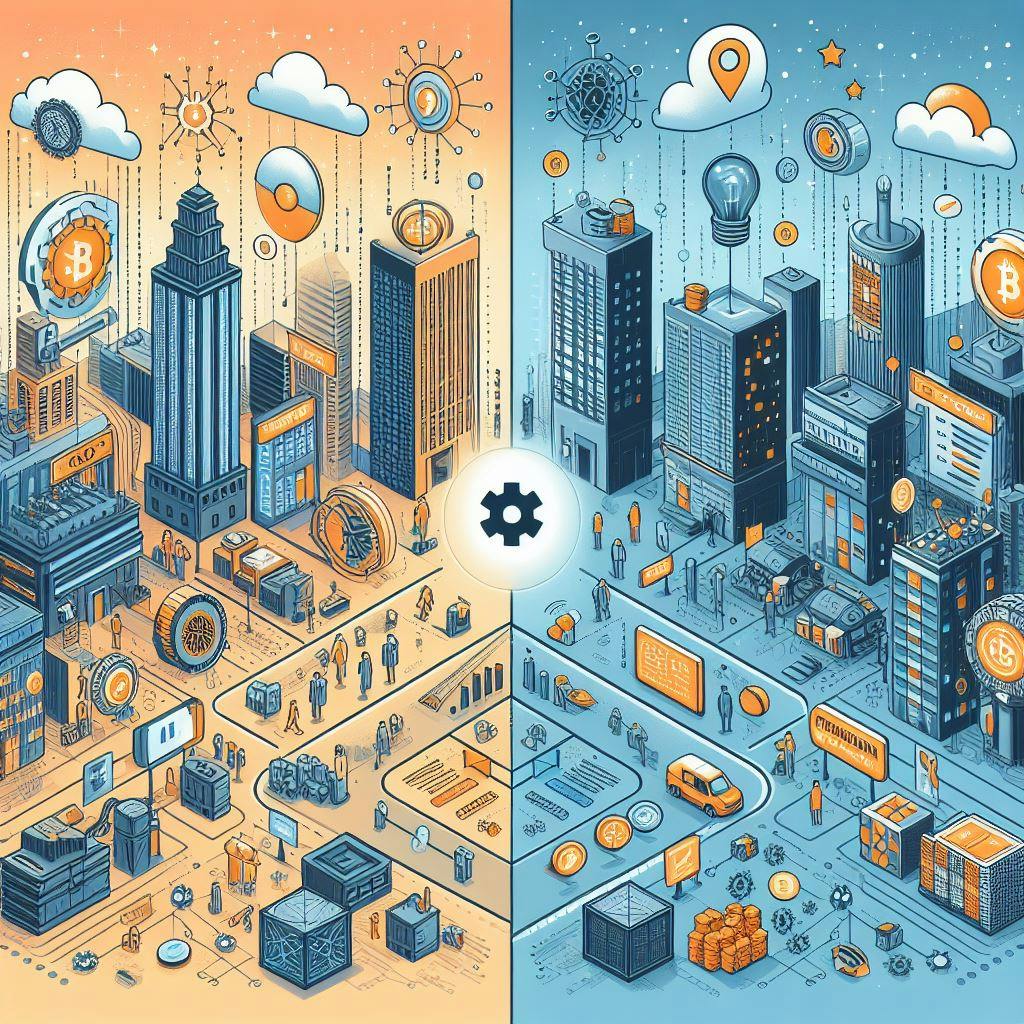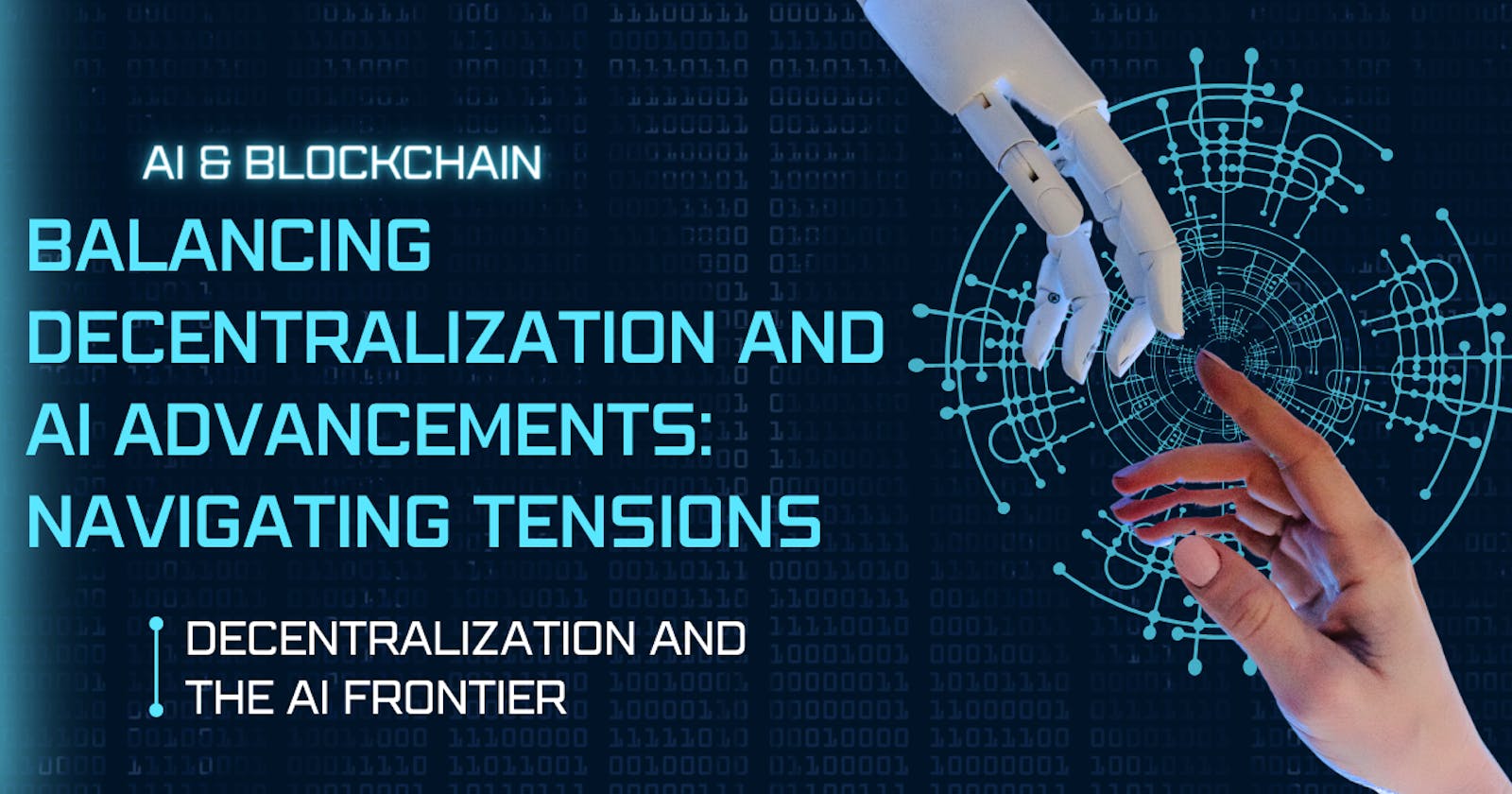The advent of generative Artificial Intelligence (AI), and in particular, the release of ChatGPT in November 2022 OpenAI (2023), has resparked public interest in AI
Since then we have seen hype to combine AI and Blockchain, Both technologies have opposing nature. Further we will discuss ways of integrating AI with blockchain.
Artificial Intelligence (AI)-
AI emphasizes algorithms, which are almost always proprietary and are centrally controlled by a few large firms.
AI centralized decision making can be more efficient due to economies of scale. A single firm can use a centralized computing infrastructure to
train its AI models efficiently.

AI Different Forms -
At its core, the technology is about predicting some outputs based on certain inputs . For example, LLMs, such as BERT (Bidirectional Encoder Representations from Transformers) and GPT (Generative Pre-trained Transformer), are trained from massive amount of text on the internet, and are able to predict the next words given users’ inputted query and the current context in terms of a sequence of generated words.
Issues with AI Algorithms -
Many Issues of AI algorithms, such as -
Algorithmic bias,
Feedback loops, and the
Lack of InterpretabilityI
Blockchain -
- Blockchain, emphasizes decentralization of the power of decision-making.
What is Decentralization?
Decentralization is about making deliberate choices about the distribution of ownership, functions, and decision-making power from a central authority to the hands of participants.
Blockchain has the potential to provide disadvantaged groups with better access to services and information. A prominent use case of blockchain is to provide access to financial services in regions with poor banking systems.
Advantages of Decentralization -
1.1 Fairness and Asset Ownership
1.2 Robustness to Single Point of Failure
1.3 Transparency and Trust

Can we use blockchain to offer the benefits of decentralisation to AI?
AI at its heart is a centralised technology, and blockchain is designed for decentralization the combination of both technologies is not obvious.
Now we will see, The extent to which blockchain and the promise of decentralization can aid the centralized tendencies of AI.
Using Blockchain to reduce vulnerability of AI a perception of lack of fairness -
Blockchain can increase the perception of fairness in the system by clearly defining asset ownership and tracks its usage. For example, AI systems can be controlled by Decentralized Autonomous Organization, (DAOs), instead of relying on centralized governance by a few big technology companies
DAO (Decentralized autonomous organization) -
It essentially a collection of smart contracts that specify rules governing the AI system, including how different decisions in the systems are made. These rules are all transparent on the blockchain, and can only be changed based on some voting mechanisms, such the majority rule, specified in the system protocol. Using DAOs could further improve perceived fairness.
Using blockchain to reduce vulnerability of AI to a single point of failure -
One risk of the progress of AI is that we are vulnerable to the failure of the system that supports AI.
We suggest that the properties of blockchain discussed in this section can actually be used to set up a more robust infrastructure that makes firms and society less vulnerable to any single point of failure. 1.2 Robustness to Single Point of Failure
Explain :
Decentralization is robust and is not vulnerable to a single point of
failure by design.
Decentralized systems reduce vulnerability to a single point of failure relative to centralized systems. This risk is inherent to the systems’ centralized architecture, namely having centralized components like servers and databases.
A single point of failure in these centralized infrastructures can be
costly to society.
For example, the Amazon Web Services Outage in 2020 lasted for several hours, disrupting normal operations of many firms, including trading operations on Coinbase.5 Centralized systems are also the target of malicious activities.
For example, hackers exploited a vulnerability in Target’s payment system in 2013, which exposed the payment information of 40 million consumers to the public.

On the other hand Decentralised systems and peer-to-peer technologies -
Decentralized systems by design, the distributed nature of these systems allows multiple operators to perform the same task and retain the data.
As a result, the system can continue to operate if one or a few operators fail, improving the resilience of the system to adverse shocks.
Having no single target reduces the incentives for hacking behavior, because hackers now need to be able to attack a broader swathe of operators.
peer to peer Technologies -
Blockchain’s distributed nature prevents the, potential single point of failure
Without going into too much technical details, the base-layer consensus mechanism makes dishonest behavior easily detectable and unprofitable as long as more than 50% of the computational power(or decision-making power more generally) belongs to network participants who are honest.
Using blockchain to
IncreaseTransparency in AI
The lack of transparency in AI is attracting an increasing amount of public attention many questions like -
From where the training data comes from?
How the data is used in decision making, how AI systems are governed, and whether they comply with regulations?
Use of Blockchain here -
Therefore, transparency of the algorithm through the blockchain can increase the clarity of the nature of the problems among regulators
Having a vibrant open source community on AI can accelerate development and innovation in this field.
Blockchain can contribute to open source AI in several ways. By its very nature, the blockchain is a decentralized platform without any gatekeeper.
As a result, contributors around the world can collaborate on open-source projects using blockchain.
